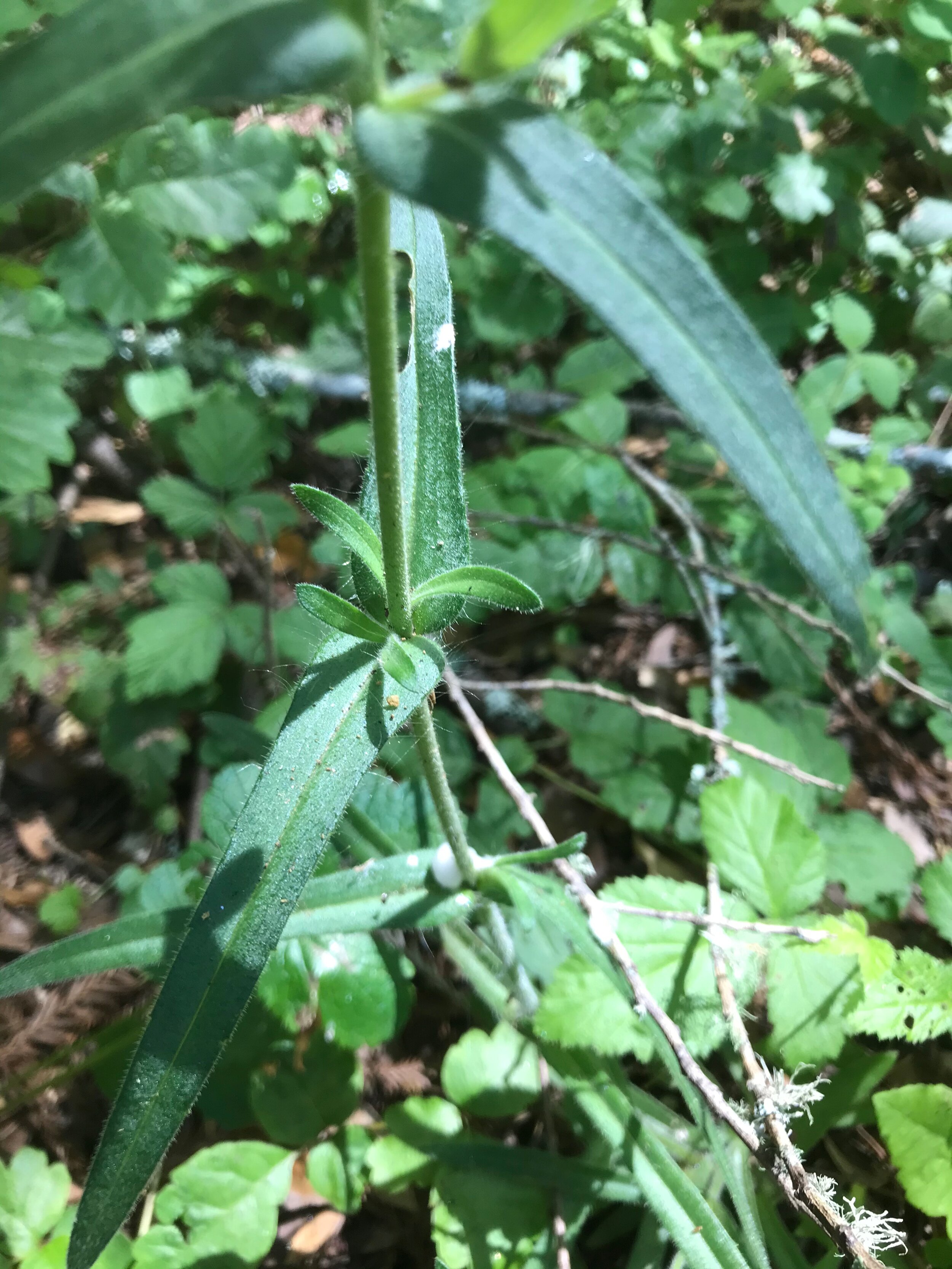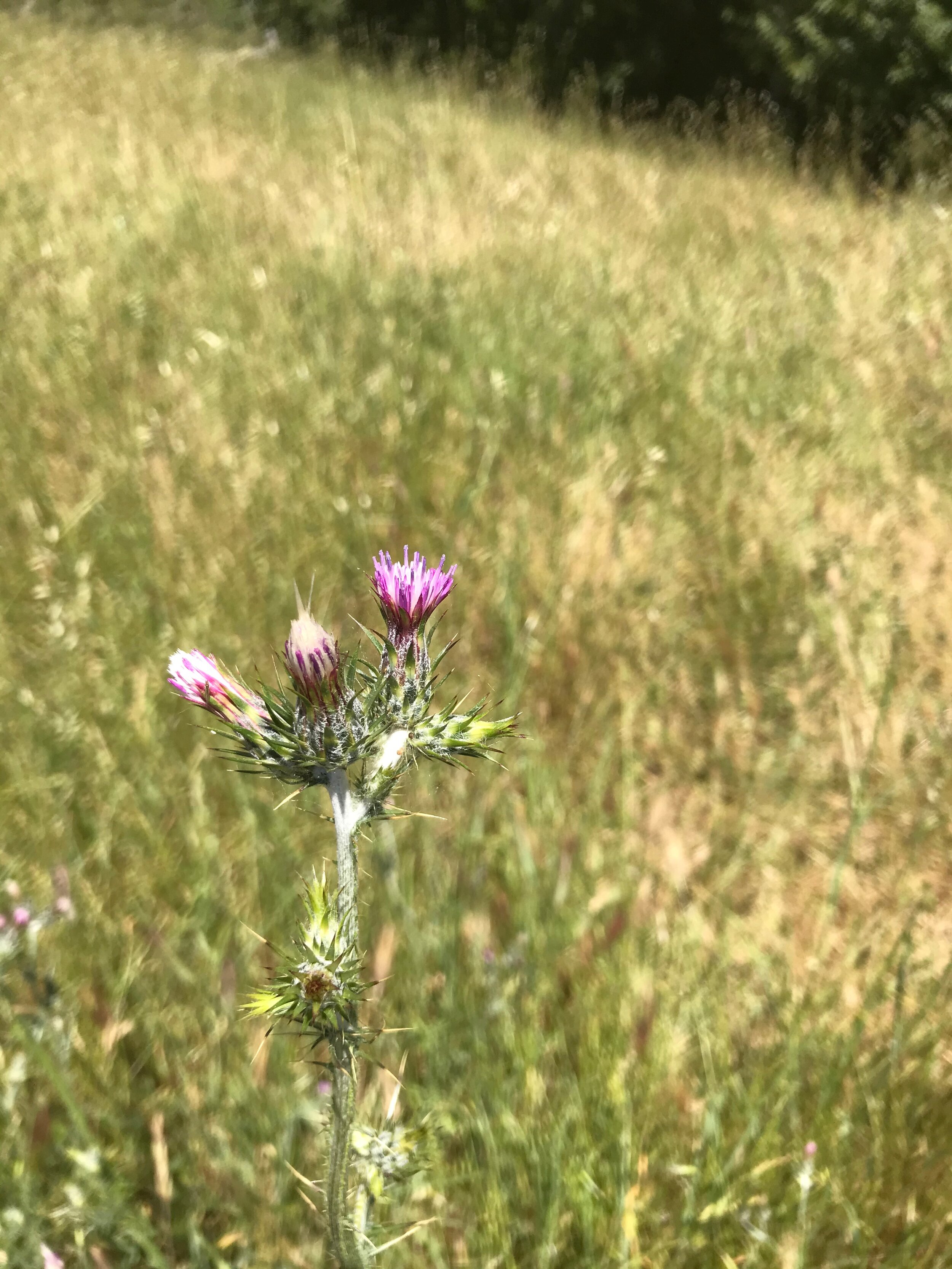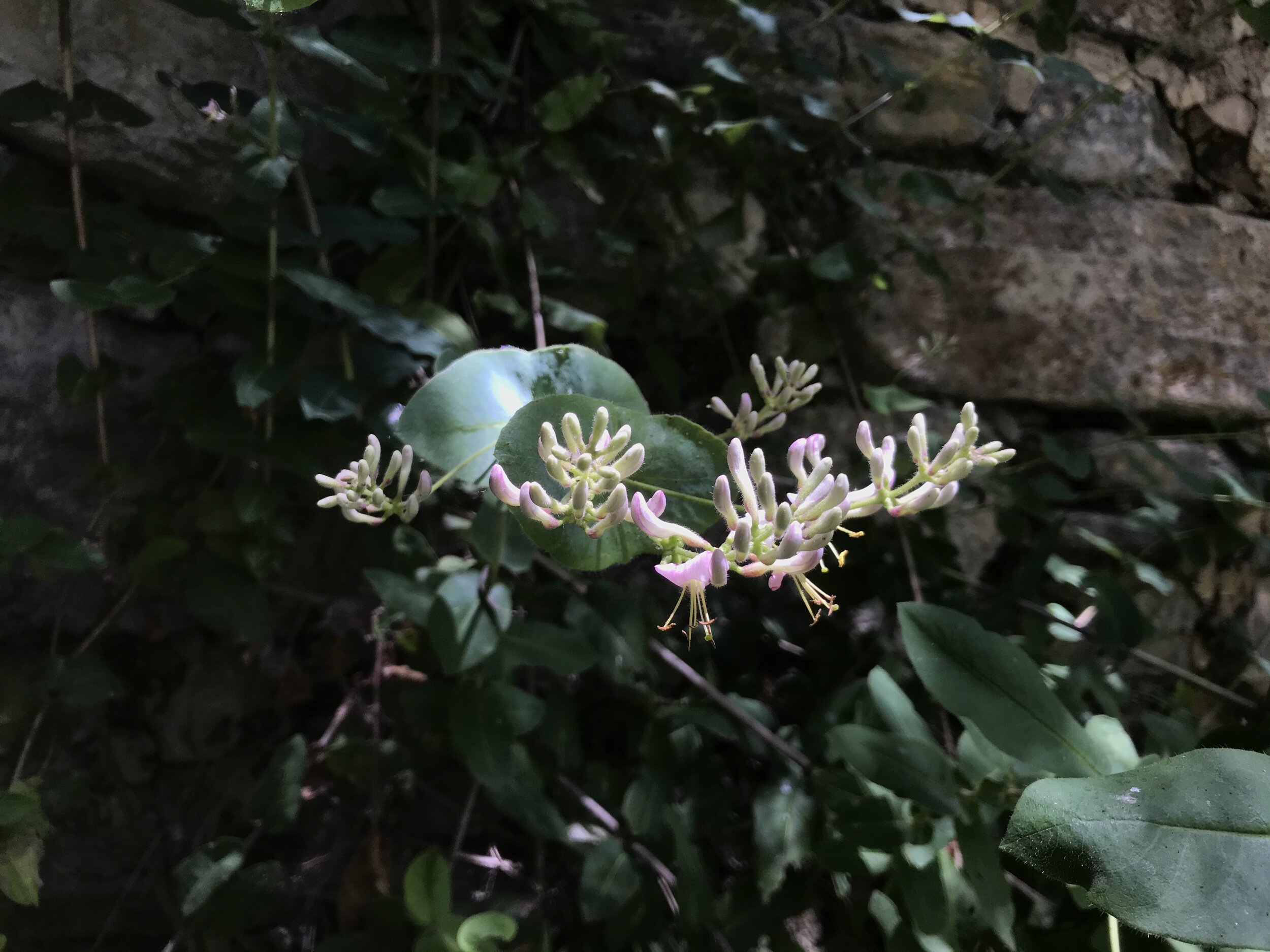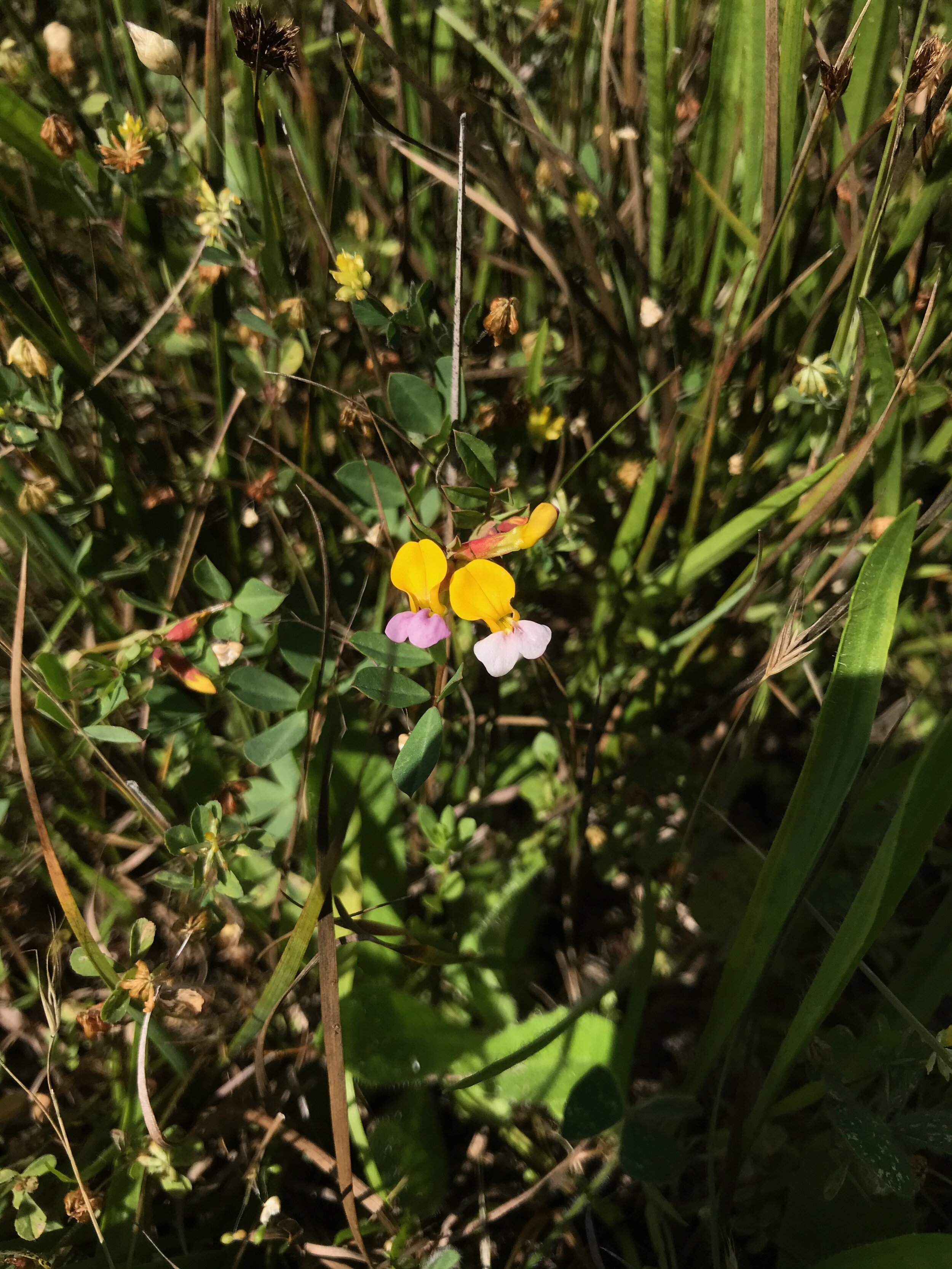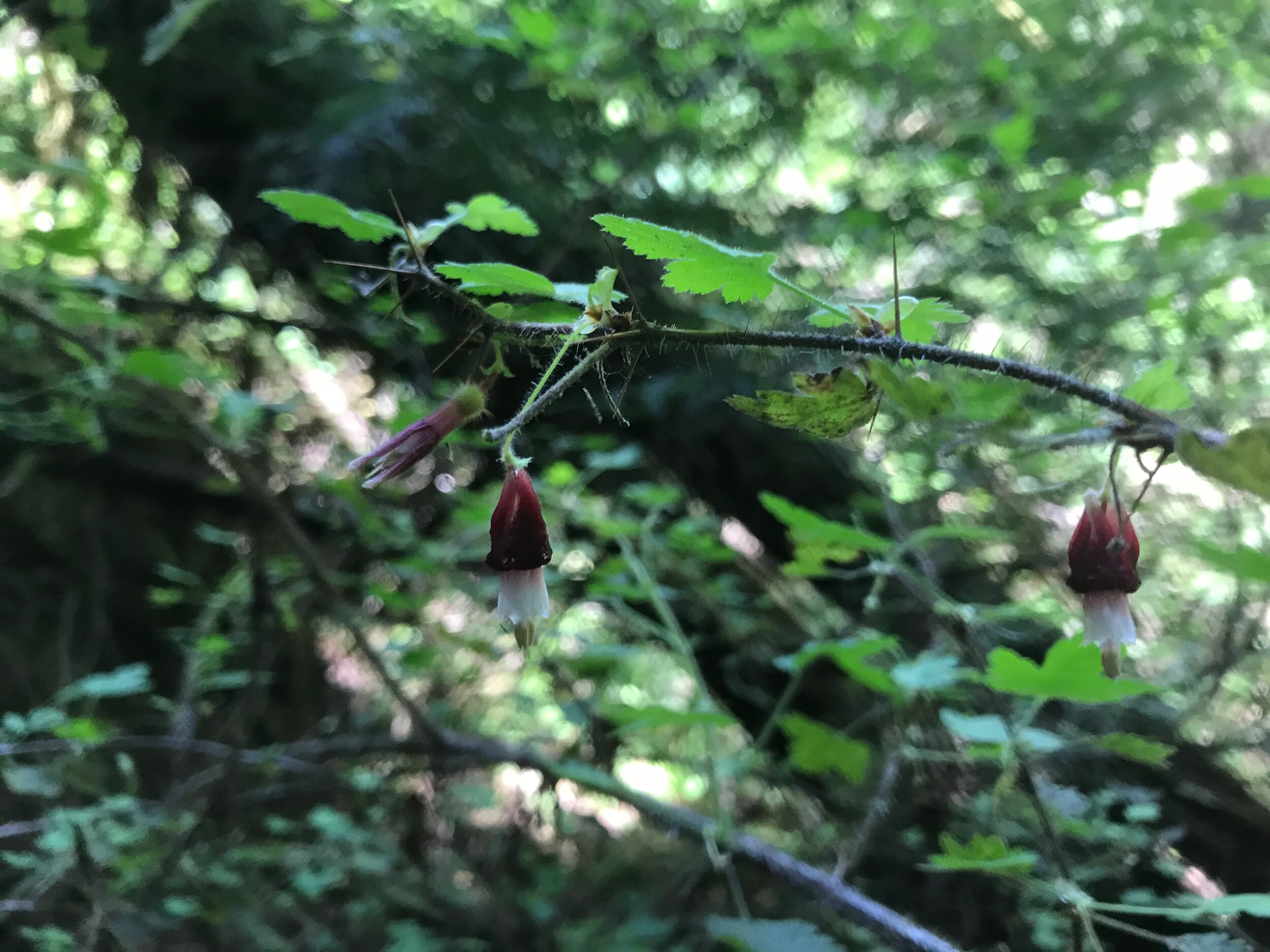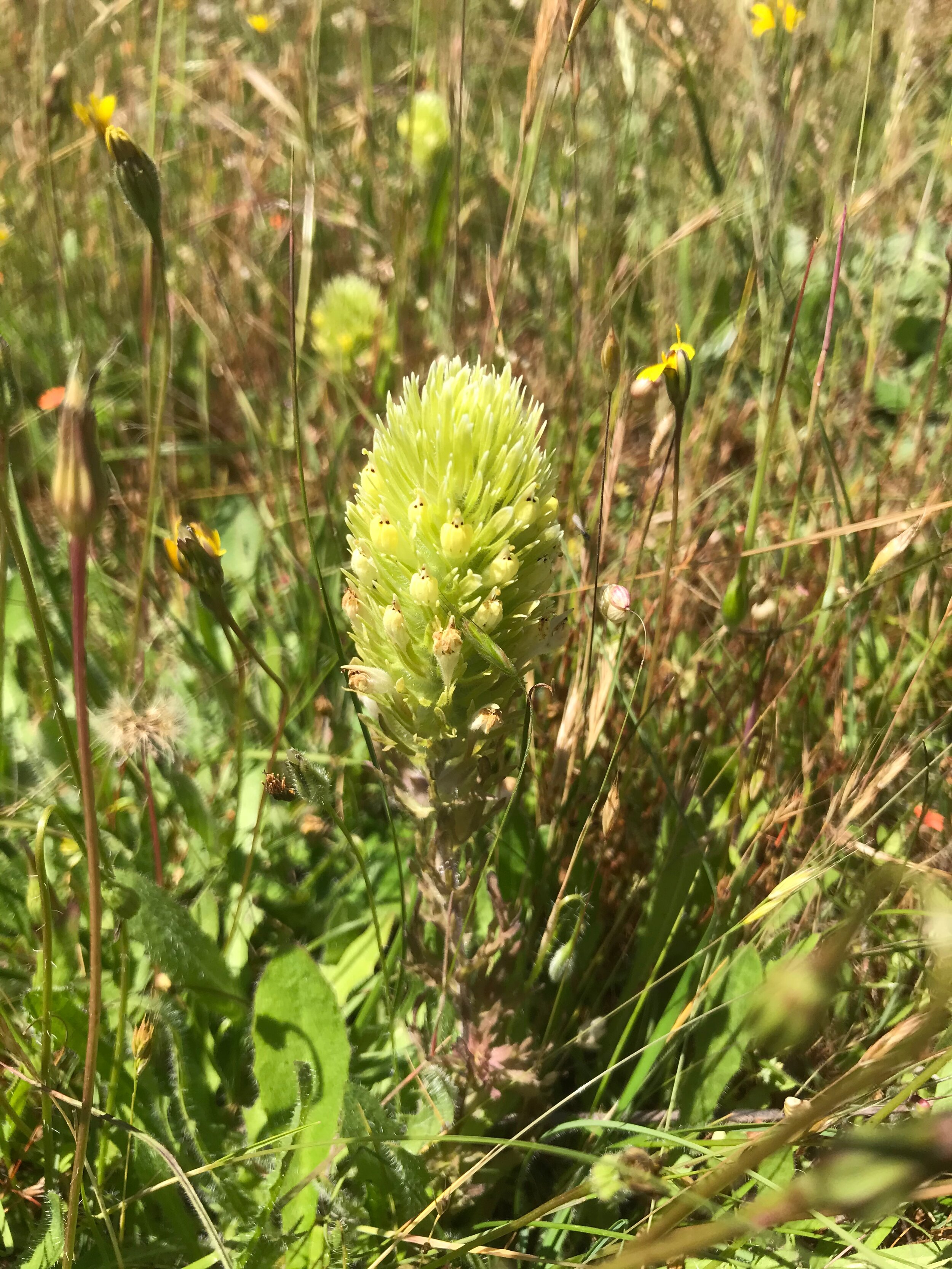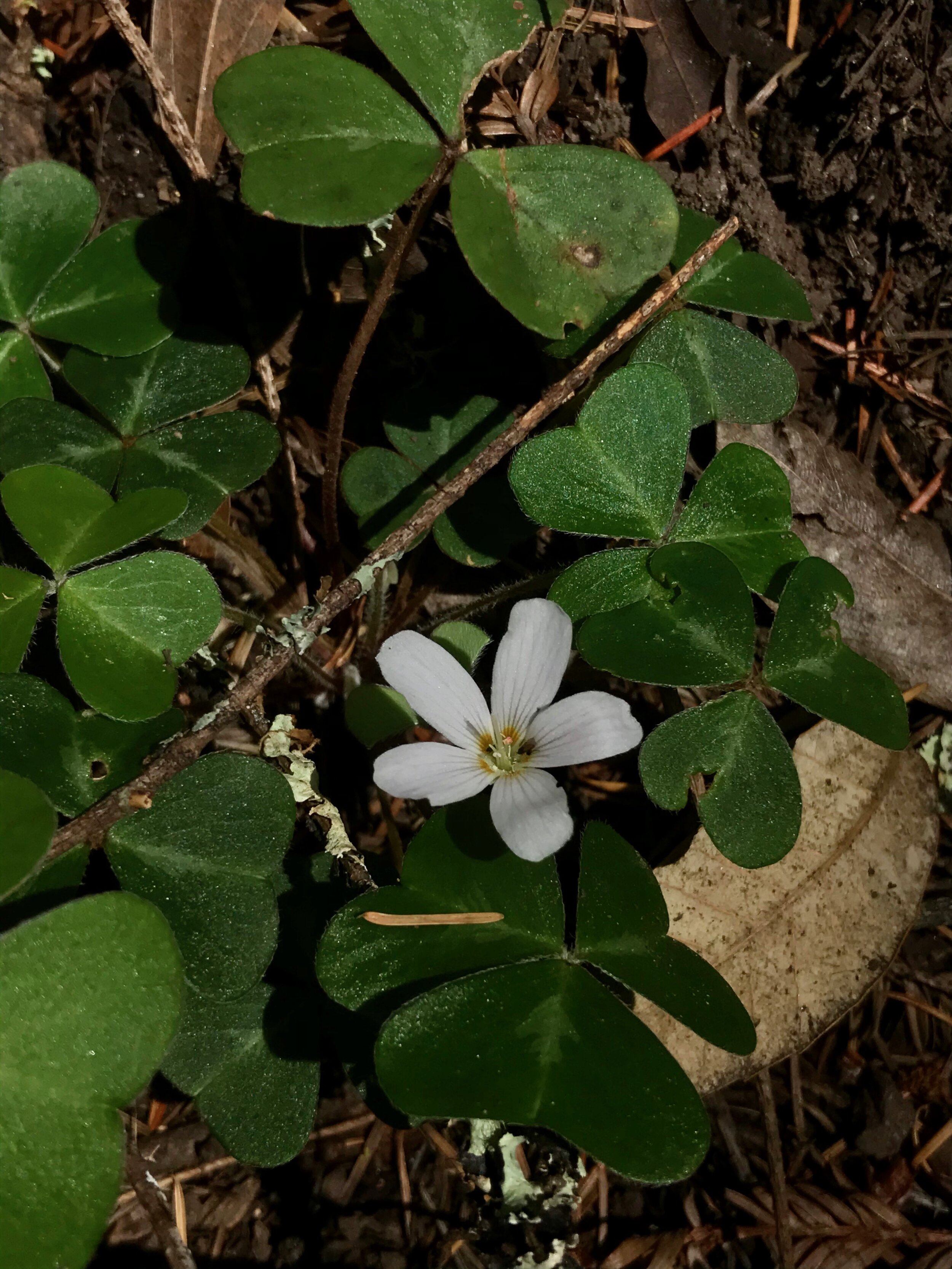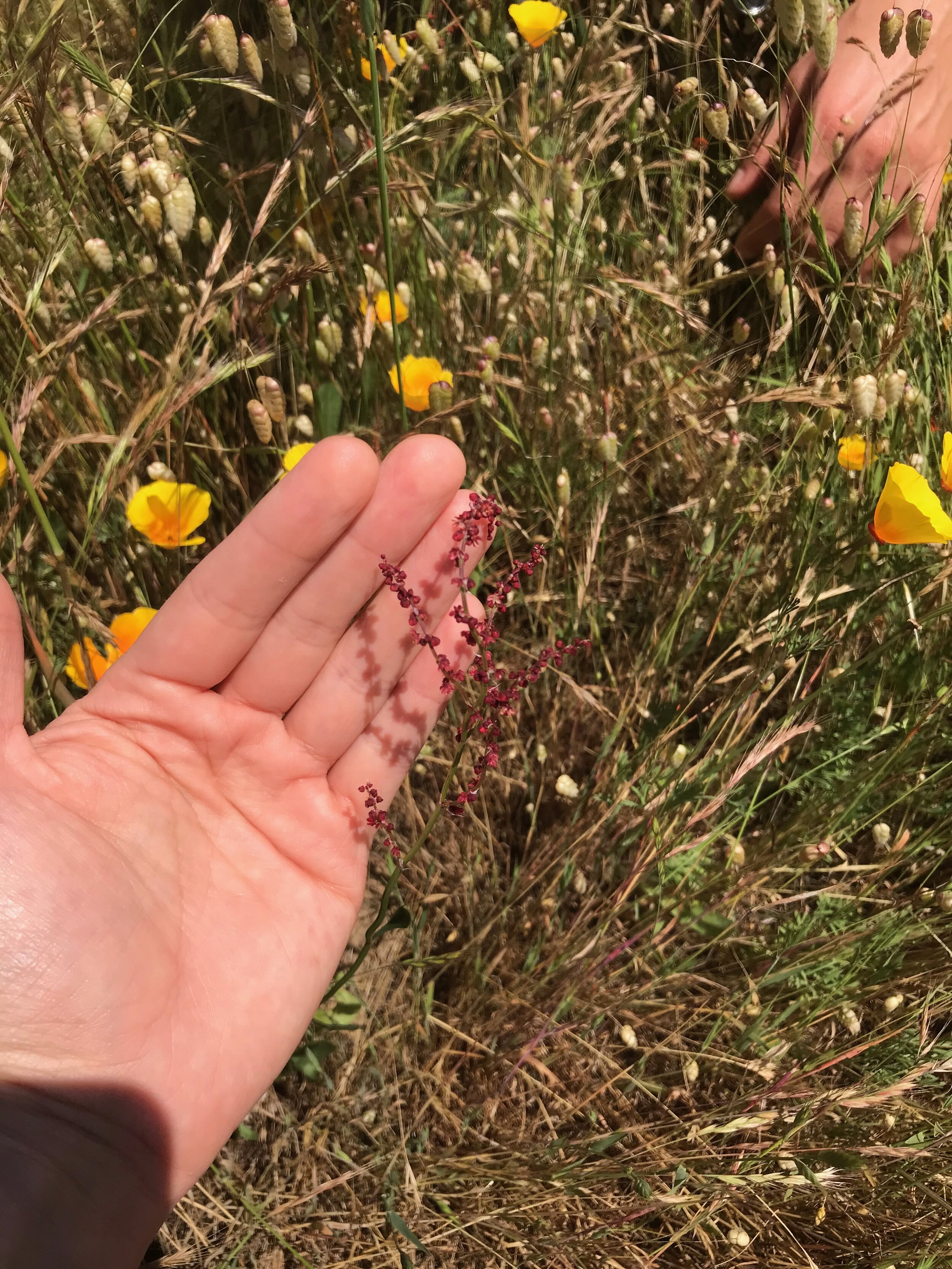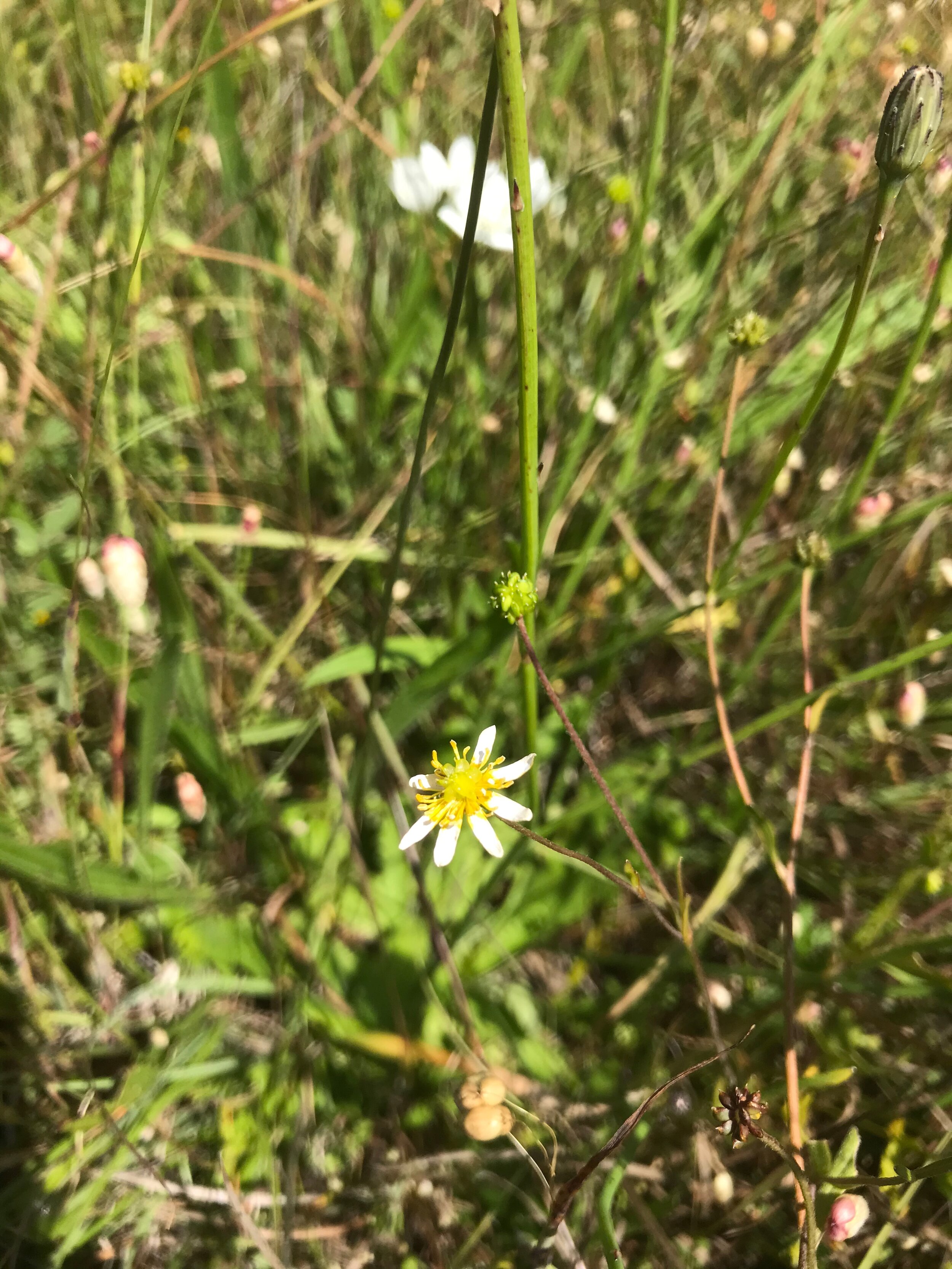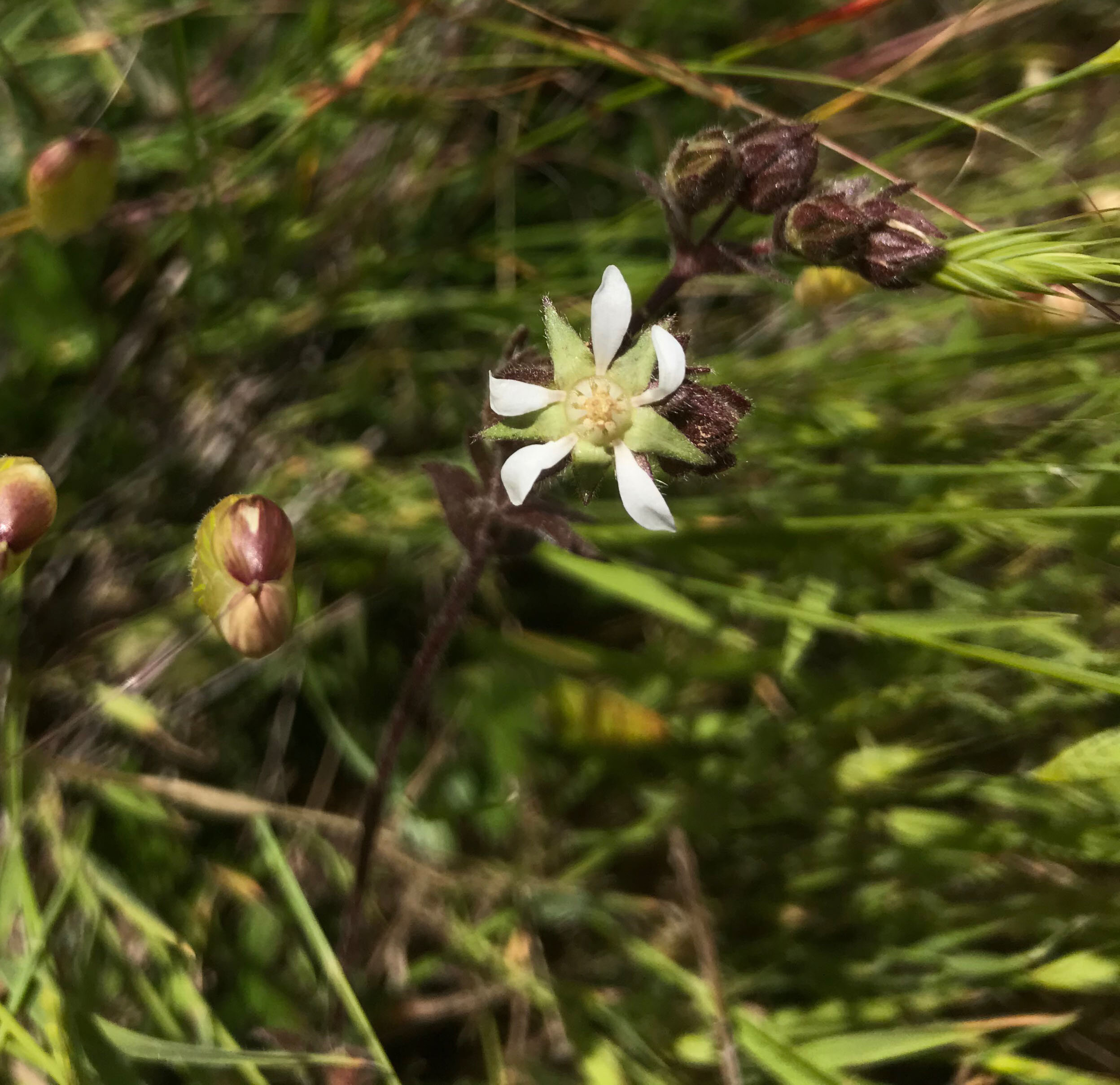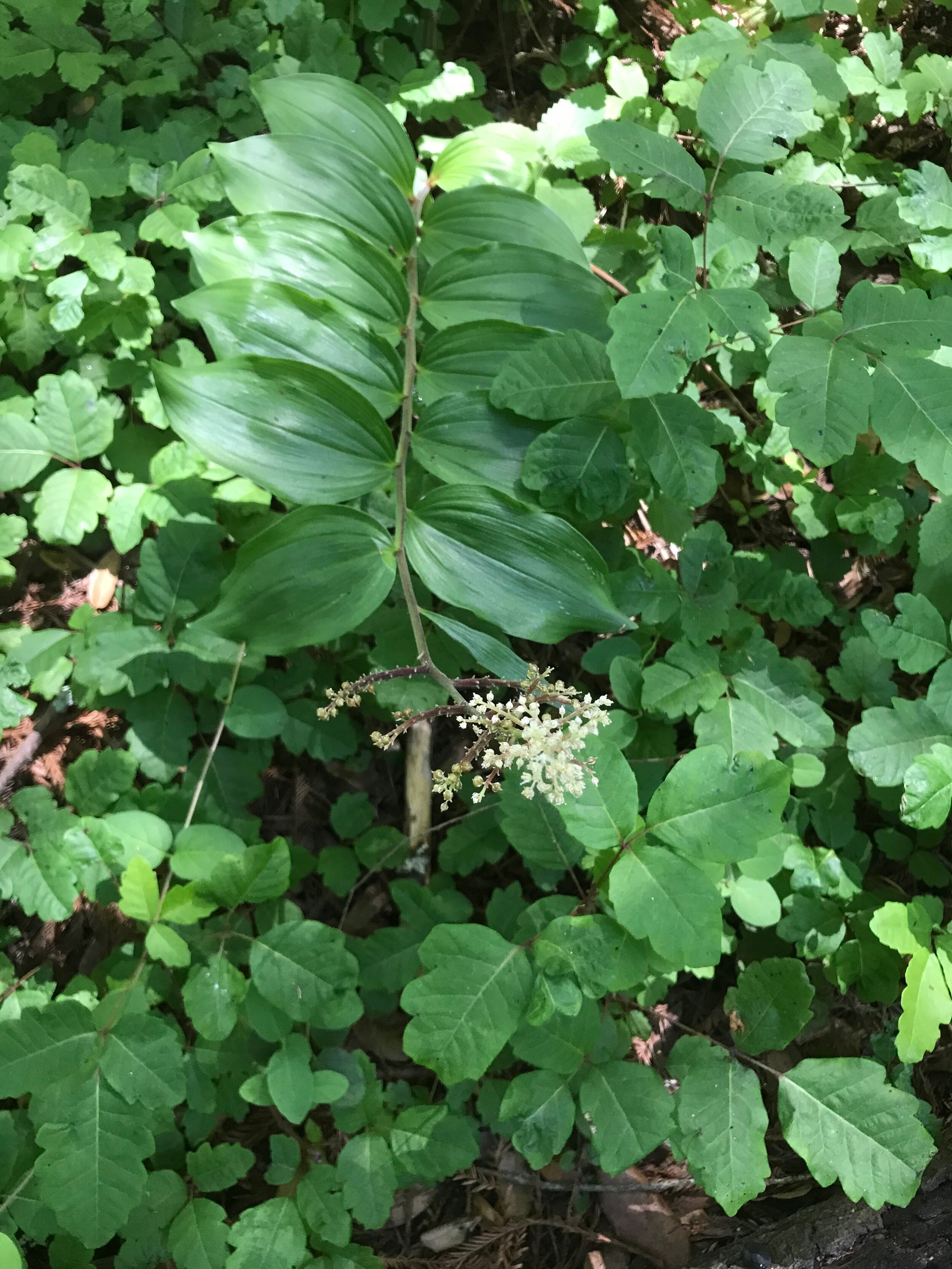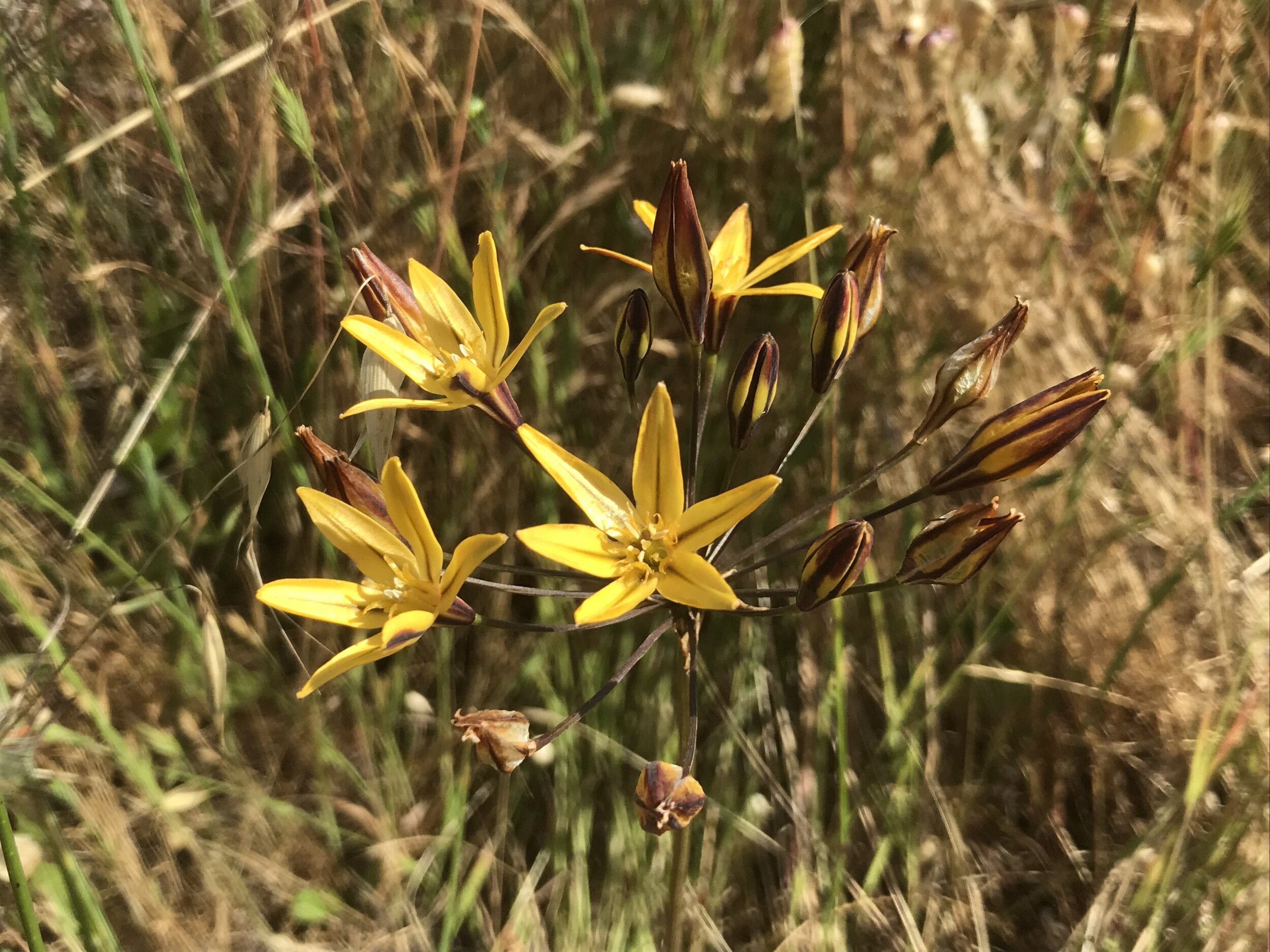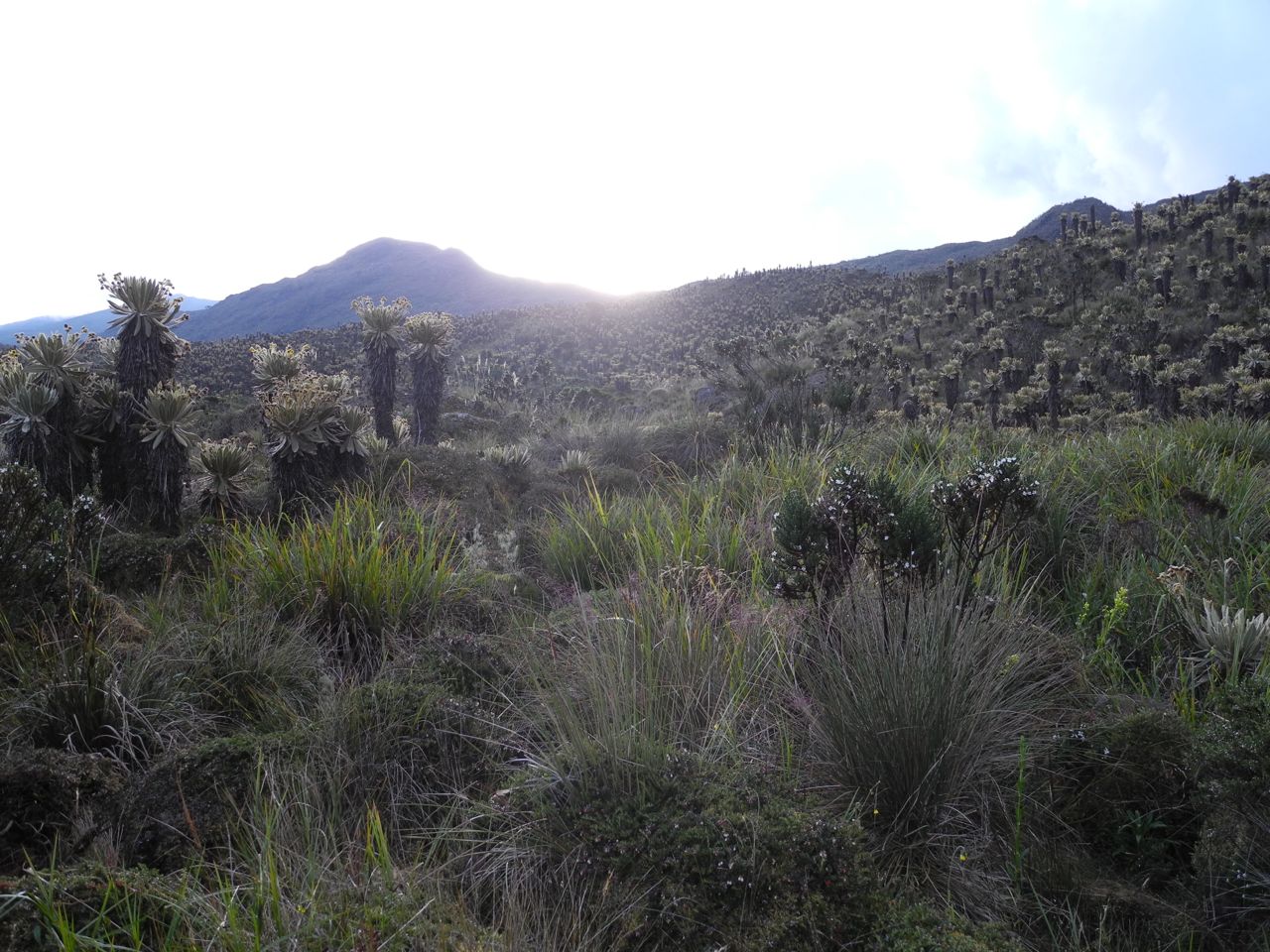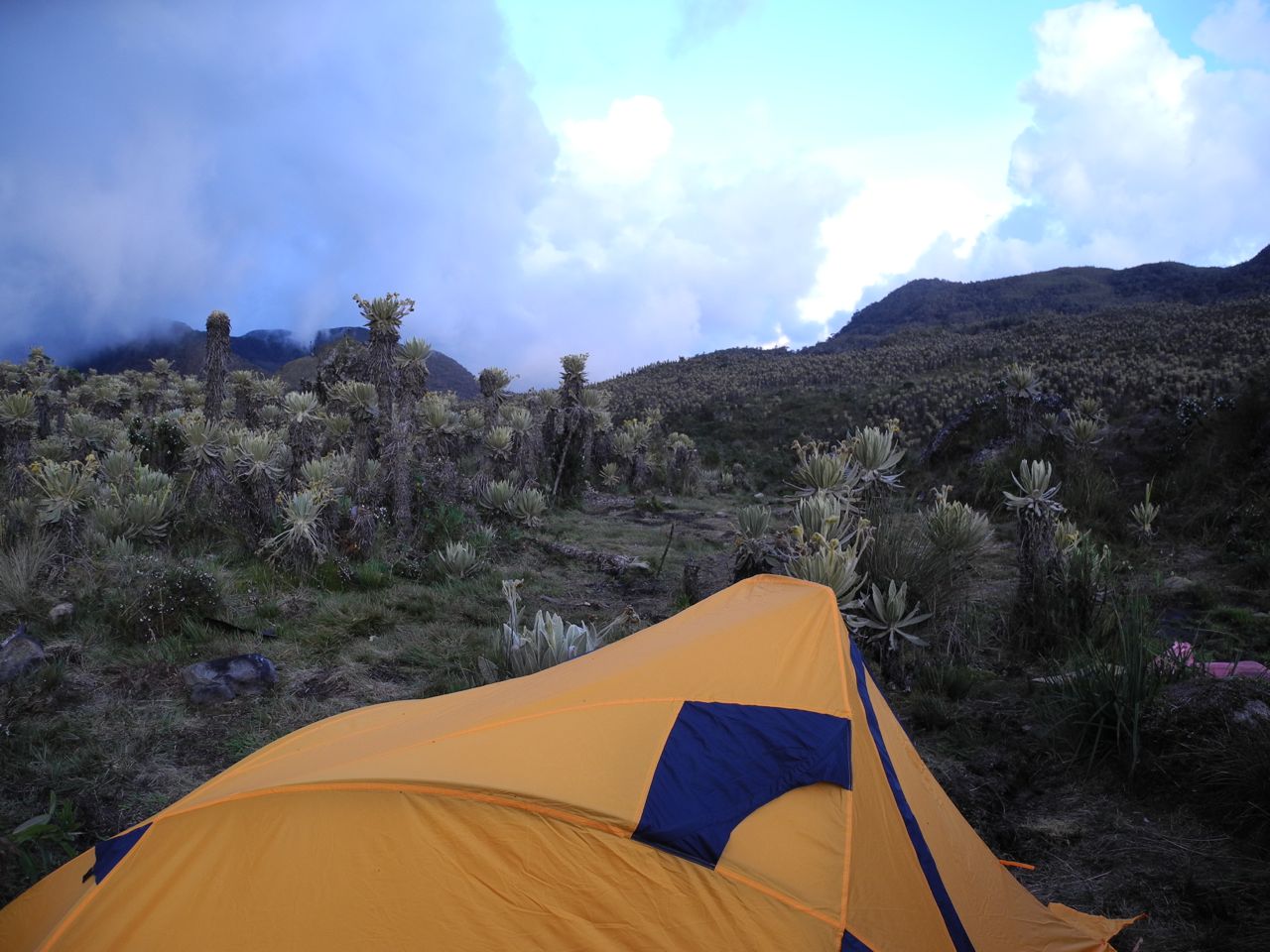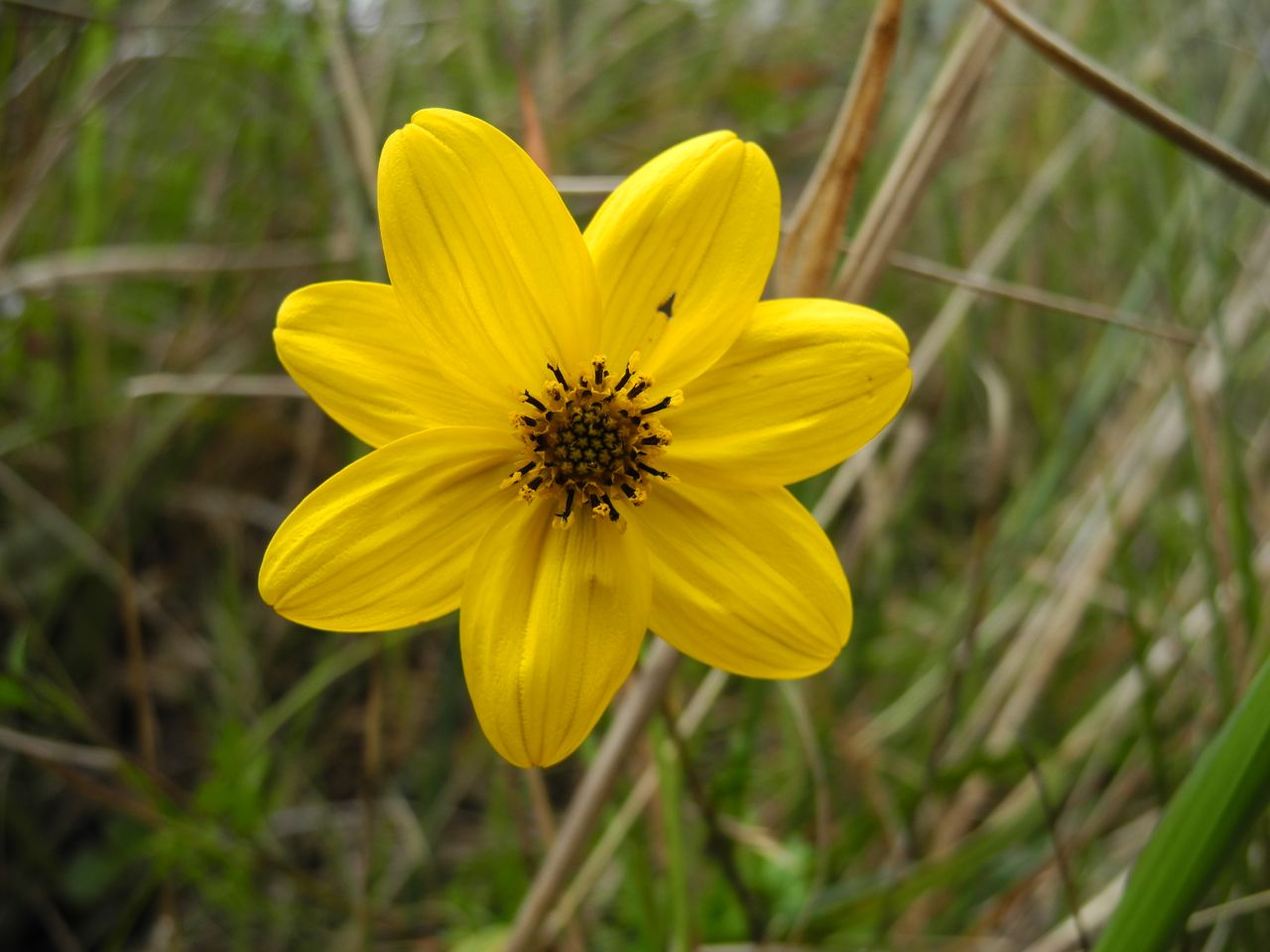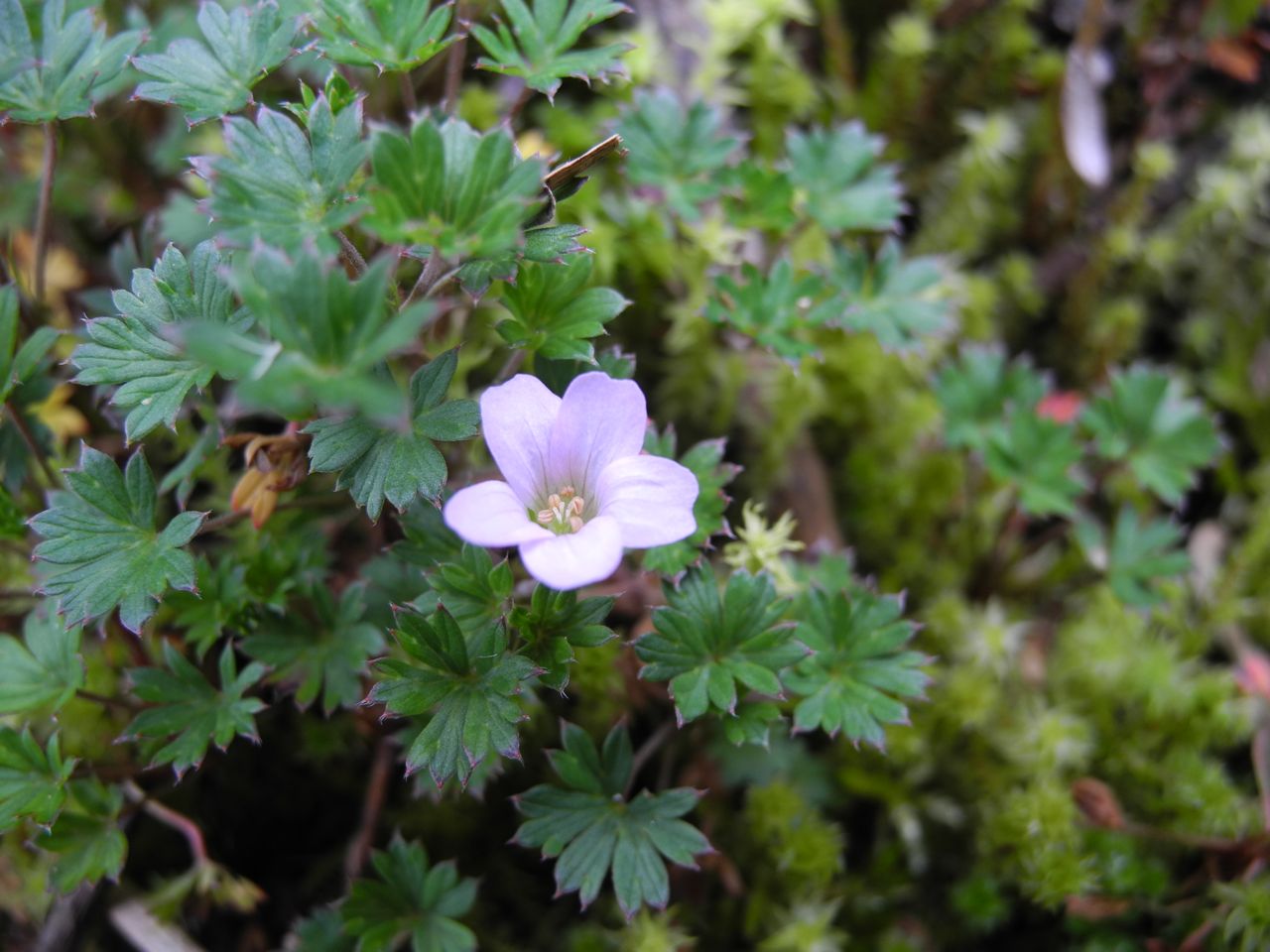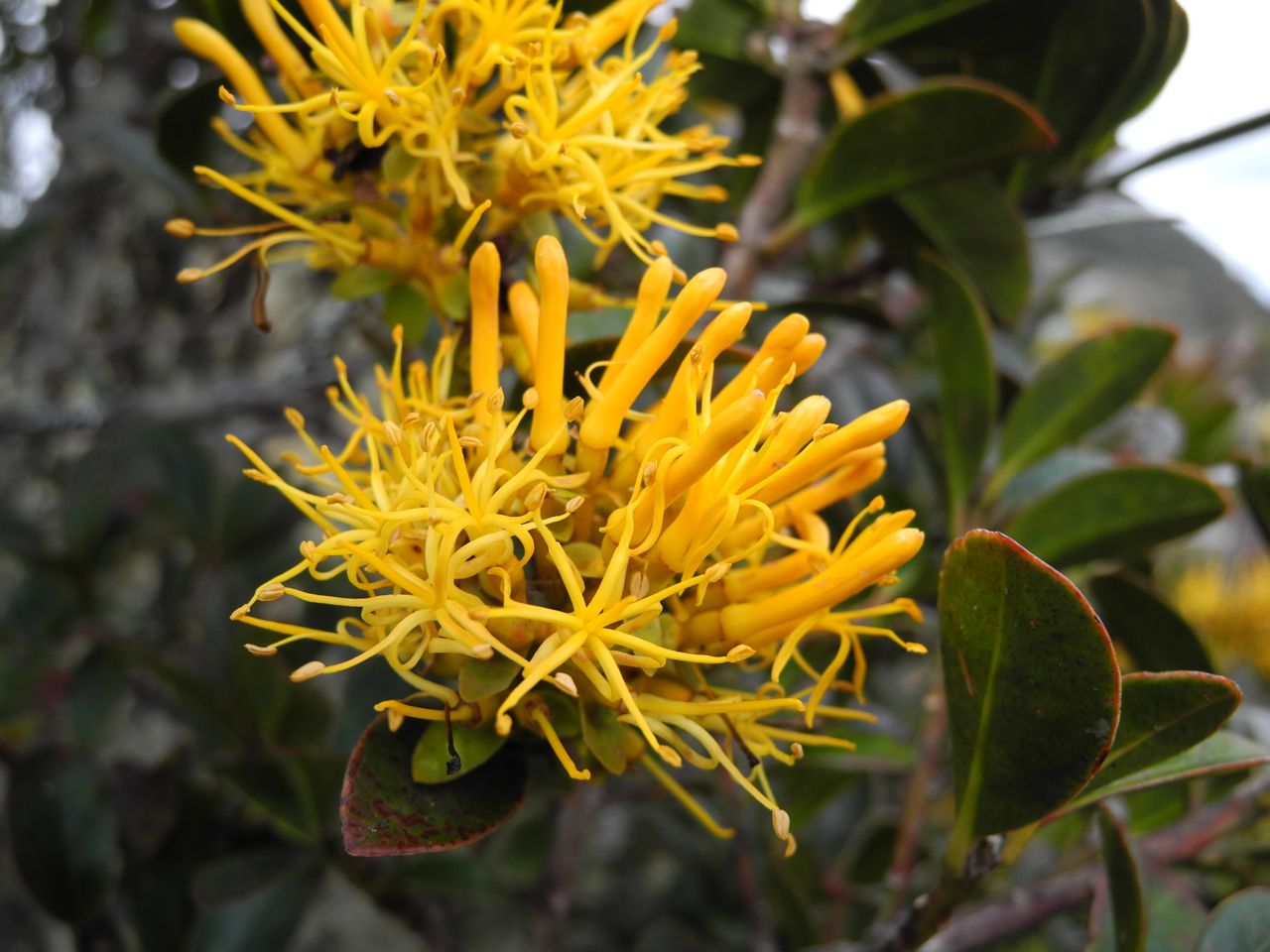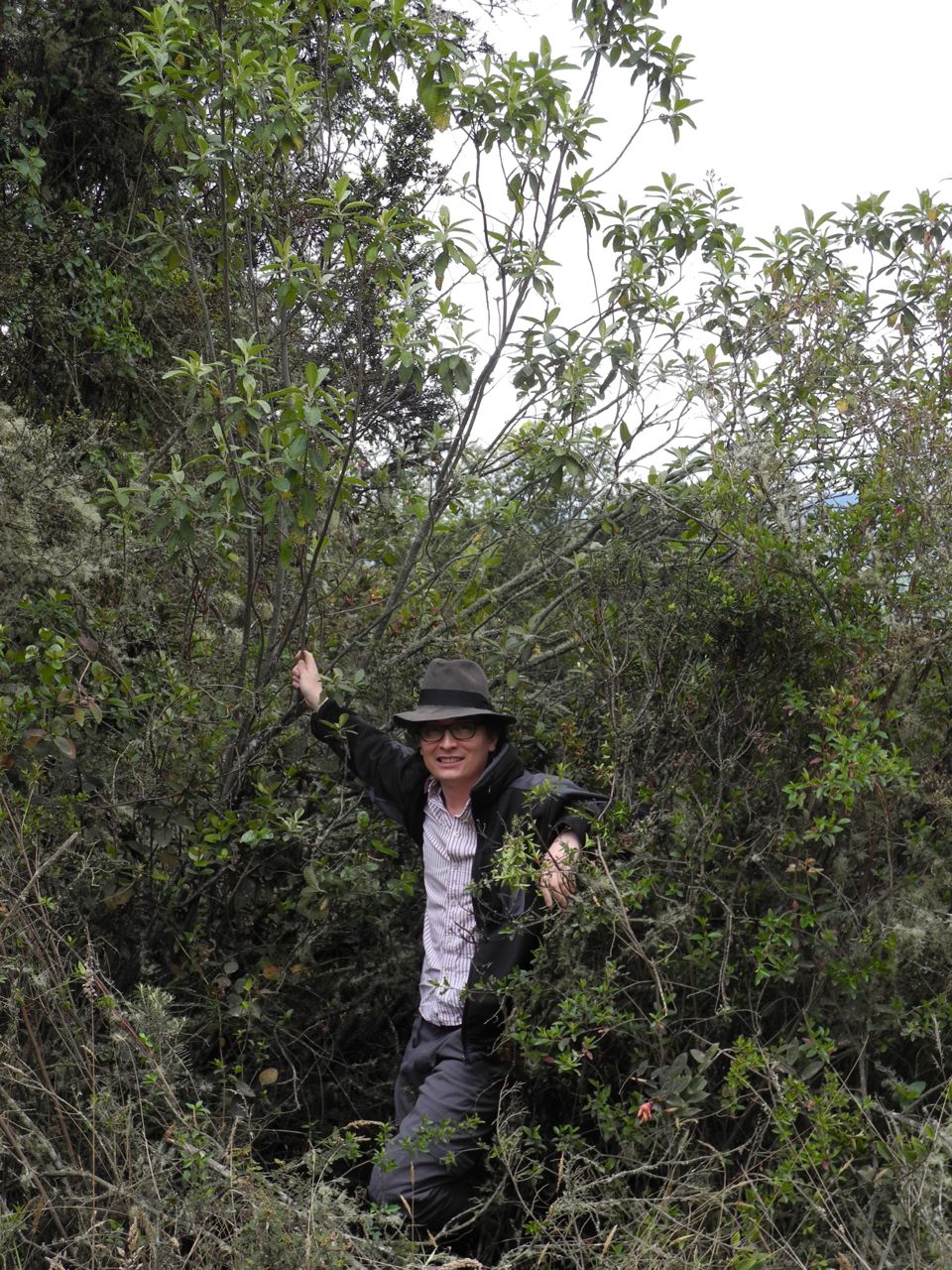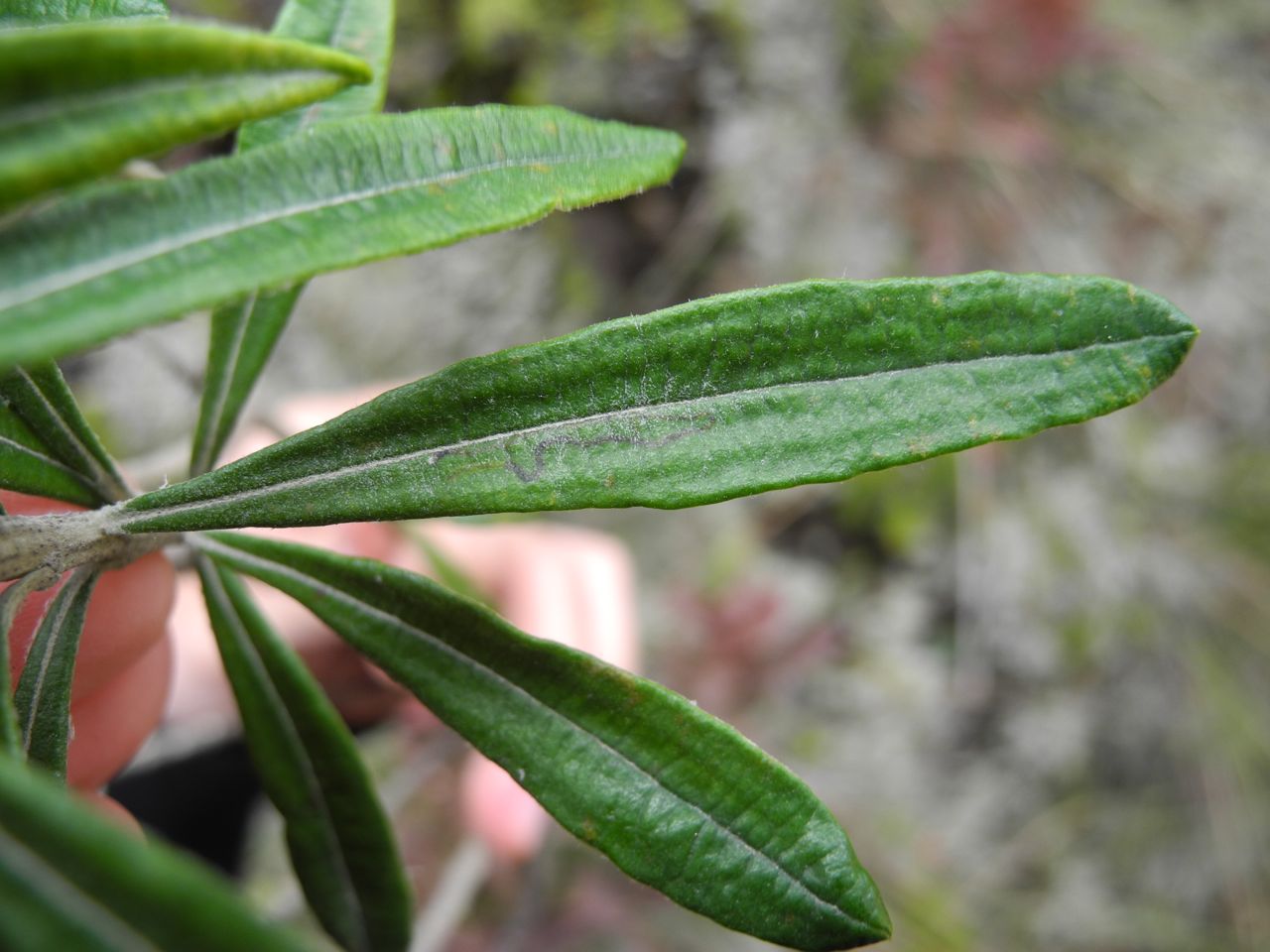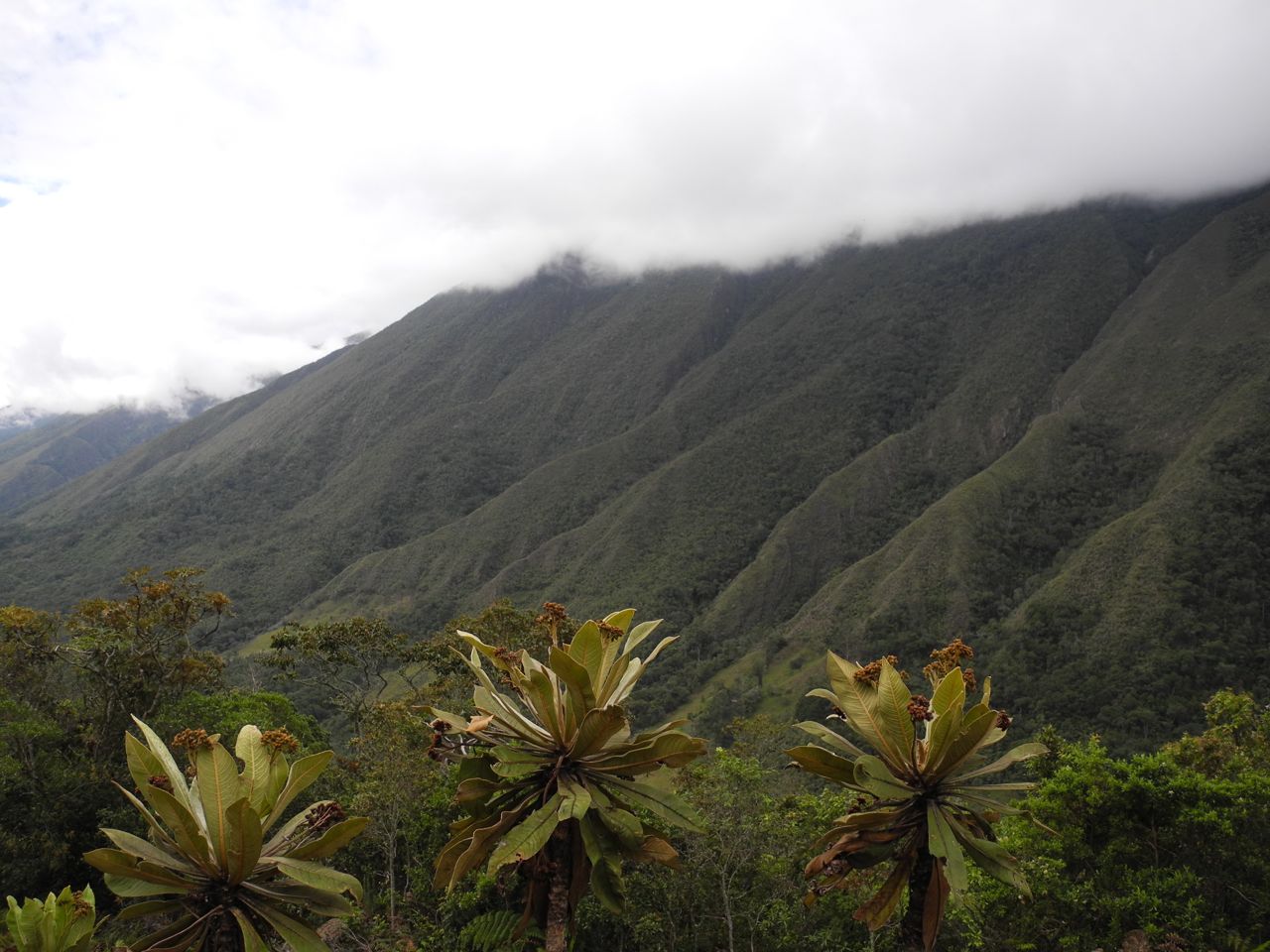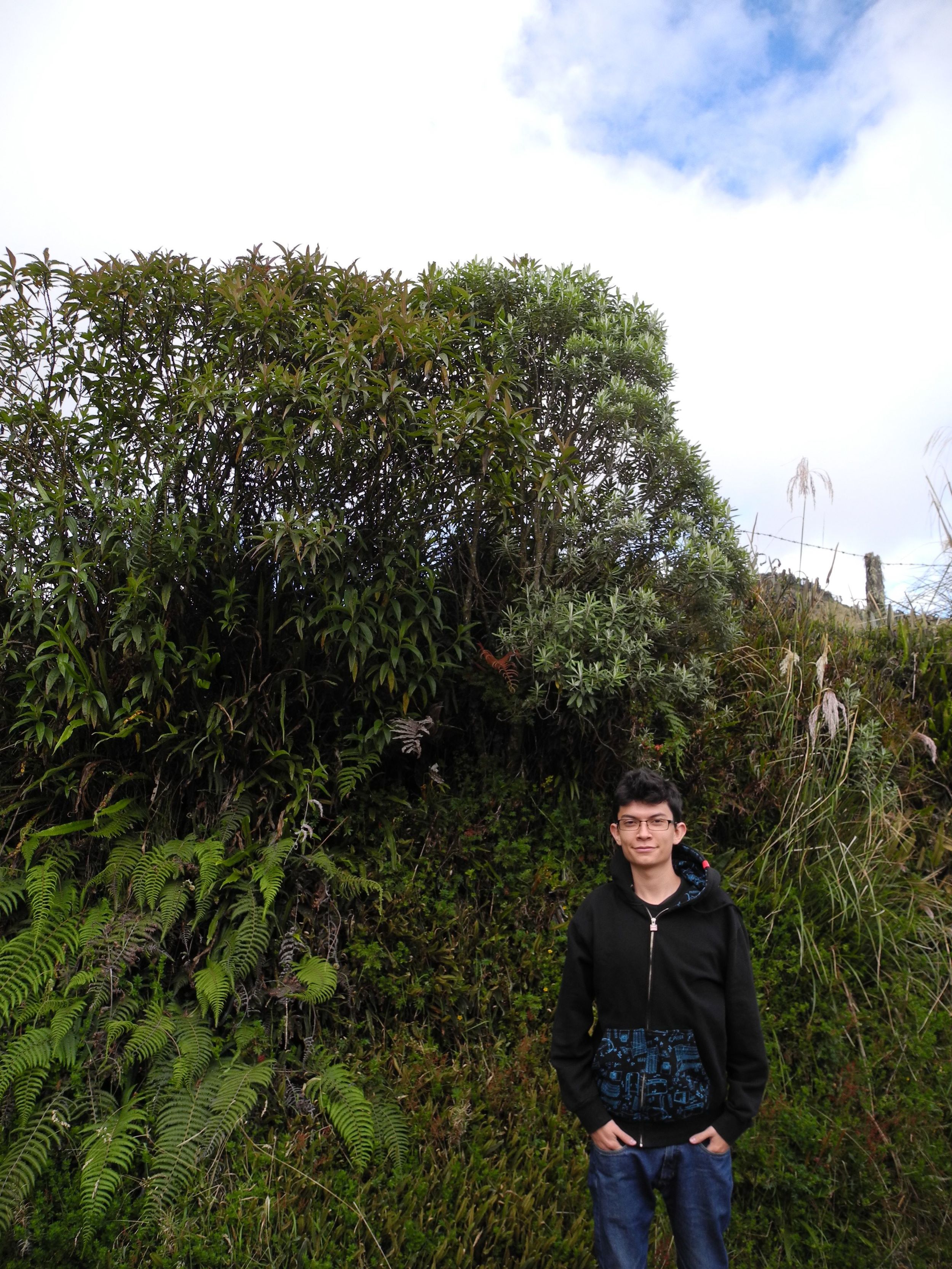After two months of “shelter in place” order in California, recreational paths at the University of California, Santa Cruz, re-opened providing access to nature. Me and two colleagues (while socially distancing) visited a place known as Mima Meadow to botanize: observe, photograph, and identify plants. We visited the meadow on May 16, 2020, and spent around 3 hours in the place, the following list of species and their photos accounts for most of the plants we saw in the meadow, most of the flowering, with the addition of some plants we saw in a small redwood forest that surrounds a nearby creek. By no means this list accounts for all the flora of the place. The comments provided are based on my past experience with tropical plants, and the experience of my colleagues Julia Harenchar (Californian botanist) and Pedro Juarez (Costa Rican botanist).
The list is organized in by family alphabetically. Native species are indicated in bold under their family and order. Non-native are simply italicized. Families follow the Jepson manual and orders the APWEB.
General view of the place:
AGAVACEAE – ASPARAGALES
Chlorogalum pomeridianum – soap root
APIACEAE – APIALES
Eryngium armatum – Coastal button celery
ARISTOLOCHIACEAE – PIPERALES
Asarum caudatum – Western wild ginger
ASTERACEAE – ASTERALES
Adenocaulon bicolor – trail plant
Anisocarpus madioides – Woodland tarweed
Carduus pycnocephalus – Italian thistle
Hypochaeris radicata – Rough cat’s-ear
Silybum marianum – Milk thistle
BORAGINACEAE – BORAGINALES
Myosotis latifolia – Broadleaved forget-me-not
CAPRIFOLIACEAE – DIPSACALES
Lonicera hispidula – Honeysuckle
DENNSTAEDTIACEAE – POLYPODIALES
Pteridium aquilinum – Bracken
FABACEAE – FABALES
Hosackia gracilis – Harlequin lotus
Lupinus nanus
Vicia benghalensis –Purple vetch
GERANIACEAE – GERANIALES
Erodium botrys – Mediterranean Stork’s bill
GROSSULARIACEAE – SAXIFRAGALES
Ribes menzieszii – Canyon gooseberry
IRIDACEAE – ASPARAGALES
Iris fernaldii
Sisyrinchium bellum – Western blue-eyed grass
JUNCACEAE – POALES
Juncus xiphioides – Iris-leaved rush
LAMIACEAE – LAMIALES
Stachys bullata
LILIACEAE – LILIALES
Calochortus albus – White globe lily, fairy-lantern
LINACEAE – MALPIGHIALES
Linum bienne – The Jepson manual notes that this species is considered the progenitor of cultivated flax!
LYTHRACEAE – MYRTALES
Lythrum hyssopifolia
MALVACEAE – MALVALES
Sidalcea malviflora – Checkerbloom, checkermallow
MELANTHIACEAE – LILIALES
Toxicoscordion fontanum
MYRSINACEAE – ERICALES
Lysimachia arvensis – Scarlet pimpernel
Lysimachia latifolia – Pacific starflower
ORCHIDACEAE – ASPARAGALES
Corallorhiza straiata – striped coralroot
Epipactis helleborine – Broad-leaved helleborine
OROBANCHACEAE – LAMIALES
Castilleja ambigua – Johnny-nip
Triphysaria versicolor
OXALIDACEAE – OXALIDACEAE
Oxalis oregana – Redwood sorrel
PAPAVERACEAE – RANUNCULALES
Eschscholzia californica – California poppy
PLANTAGINACEAE - LAMIALES
Plantago lanceolata
POACEAE – POALES
Briza maxima – Rattlesnake grass
Sadly common, dominant, and invasive
Danthonia californica – California oat grass
Stipa pulcra – Purple needle grass
Cute grass with shades of purple in its inflorescence, apparently rare.
POLYGONACEAE – CARYOPHYLLALES
Rumex acetosella – Sheep sorrel
RANUNCULACEAE – RANUNCULALES
Ranunculus californicus
ROSACEAE – ROSALES
Horkelia cuneata
Rubus parviflorus – Thimbleberry
RUBIACEAE – GENTIANALES
Sherardia arvensis – Field madder
RUSCACEAE – ASPARAGALES
Maianthenum racemosum – False Salomon’s seal
THEMIDACEAE – ASPARAGALES
Brodiaea elegans – Harvest brodiaea
Triteleia hyacinthine – White brodiaea, fool’s onion
Triteleia ixioides








